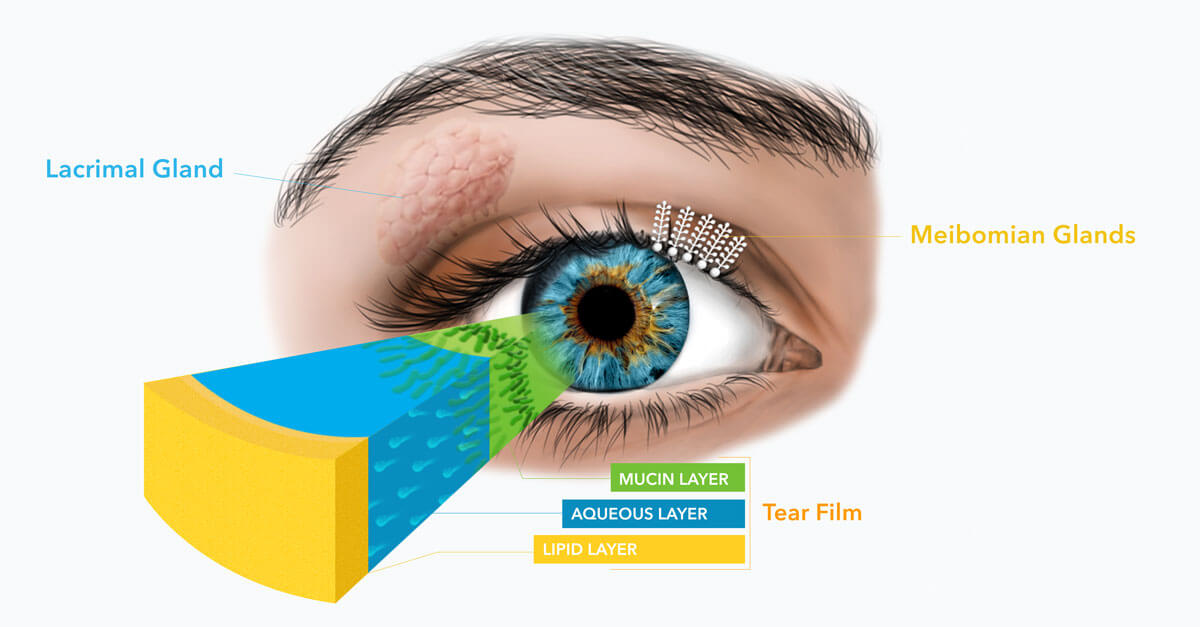
30 Oct MGD and Diabetes
Individuals with diabetes should be aware that they may experience signs of MGD (Meibomian Gland Dysfunction) at a greater rate than the average person, according to a recent article in Ocular Surgery News. As we approach Diabetic Awareness Month, it is important to take note that MGD “was found to be more severe in patients with diabetes, possibly contributing to a greater prevalence of dry eye disease in these patients.”
According to Patricia Nale’s article, Johanna Garzon, PhD, and colleagues in Colombia formulated this conclusion based on a study of 37 patients with type 2 diabetes and 36 healthy controls used to assess the Meibomian glands, ocular surface, and tear function of its participants. The standout finding was that “if the blood glucose is higher, the symptoms [of MGD] are worse.” Diabetes affects so much, including MGD and dry eye, even if this is not one of the more prevalent discussions for those diagnosed with the disease.
“In the group with diabetes,” Garzon explains, “major changes in lids and tear function correlated with meibomian gland inflammation and obstruction.” Furthermore, “in both groups, 71% of participants presented with MGD: 76% in the diabetes group and 67% in the control group.” Even with the best of intentions to keep blood glucose levels in check with daily medication, diet, and exercise, chronic MGD and dry eye still responds best to a tailored regimen to prevent flare-ups.
To keep these frustrating symptoms at bay, feel free to schedule a dry eye evaluation any time. Our eye doctors will customize a program that works for your particular situation, which may include LipiFlow®, an in-office treatment designed to remove blockages from the Meibomian glands, allowing them to properly function and produce the oils that make up the top protective lipid layer of the tear film.
Be proactive, not reactive, and live your best life — free from the irritation and annoyance of this chronic disease.





Sorry, the comment form is closed at this time.